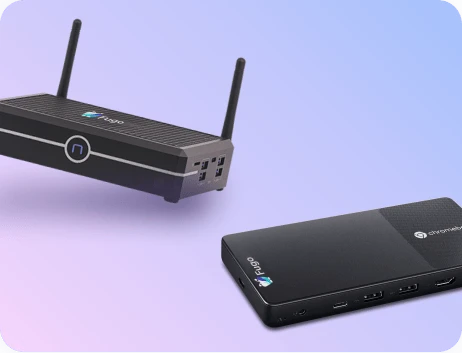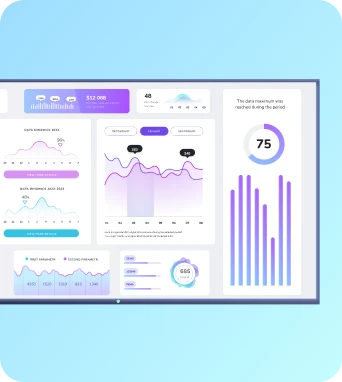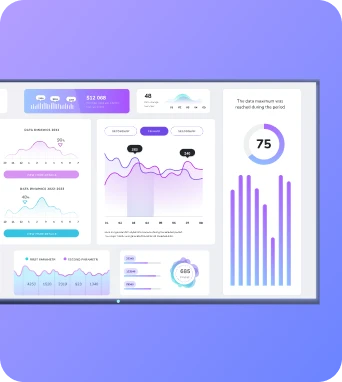Adaptive brightness
Adaptive brightness is a display feature that automatically adjusts screen luminance in response to ambient light, content and schedules. On digital signage and TV dashboards it optimises readability, reduces power consumption and helps extend panel lifetime by avoiding excessive brightness while supporting night modes and viewer comfort.
Adaptive brightness
How adaptive brightness works
Adaptive brightness relies on three core inputs: ambient light measurement, content characteristics and operator policies. Ambient light is typically measured in lux by a sensor mounted on or near the screen, or by a light sensor provided by the media player or operating system. The measurement is translated into a target luminance for the panel, usually expressed as a percentage of the display’s maximum brightness. Content characteristics matter because a bright scene with white backgrounds may require lower panel luminance than a dark scene to avoid glare while preserving detail. Algorithms therefore weigh ambient readings against content metadata or pixel analysis to determine an appropriate brightness level. Signage platforms integrate adaptive brightness in different ways. Some deployments rely entirely on the display hardware or the OS to perform automatic adjustments. Others use the signage management layer to apply schedules, network-wide policies and manual overrides. Where hardware supports ambient sensors, the player can report readings and accept remote setpoints; where sensors are absent, time-of-day schedules or geo-based sunrise/sunset rules are common. Calibration is important: thresholds should be tested on site because reflective environments, window placement and screen coatings change perceived brightness. Good implementations include hysteresis and smoothing to prevent rapid, visible shifts and provide a comfortable viewer experience.
Benefits and operational considerations
For signage networks and TV dashboards, adaptive brightness delivers measurable benefits. Improved readability is immediate in mixed lighting conditions, which helps communications cut through in lobbies, retail environments and open-plan offices. Energy savings vary with display type and usage profile, but lower average brightness reduces power draw and thermal stress, which in turn prolongs display life and reduces cooling requirements. Operationally, centralised management of brightness policies simplifies compliance with local lighting regulations and internal accessibility standards while enabling night modes and reduced-hour settings to save energy overnight. There are trade-offs and practical points to consider. Sensors must be positioned so they measure representative ambient light rather than localized glare or shadows. Content-aware approaches must be tuned to avoid dimming that hides critical information. In some cases, legal or safety notices require minimum luminance regardless of ambient conditions, so override rules are necessary. Troubleshooting can involve checking sensor calibration, firmware compatibility and network policy conflicts. Finally, adaptive schemes should be logged and monitored through the signage platform so teams can validate energy savings, maintain consistent branding and respond quickly when displays behave unexpectedly.
Next steps for signage teams
Keep the learning going...
Ad impression tracking
Ad impression tracking records each instance an advertisement is displayed on a screen, capturing time, location, duration and playback status. In digital signage it verifies content delivery, supports billing and campaign analytics, and helps operators measure viewability, compliance and programme effectiveness across networks of TVs and displays.
Adaptive content rendering
Adaptive content rendering is a technique for digital signage that dynamically modifies media presentation based on screen size, orientation, network bandwidth and contextual signals such as time, location and audience. It ensures legibility, consistent branding and efficient use of resources by choosing appropriate layouts, resolutions, codecs and fallback assets for each display.
Adaptive streaming
Adaptive streaming is a delivery method that changes video bitrate and resolution in real time to match current network bandwidth and device capability. It divides content into short segments encoded at multiple qualities so players can switch between streams to prevent buffering and keep playback continuous on signage displays.



